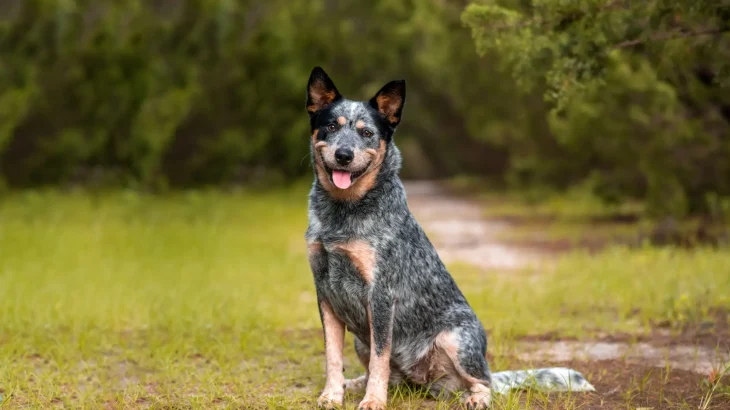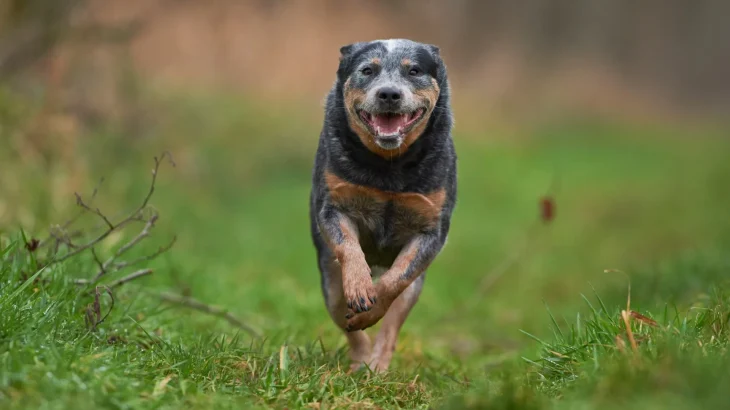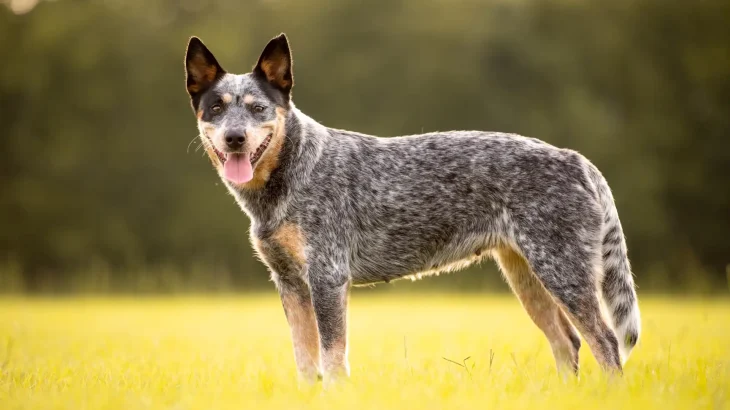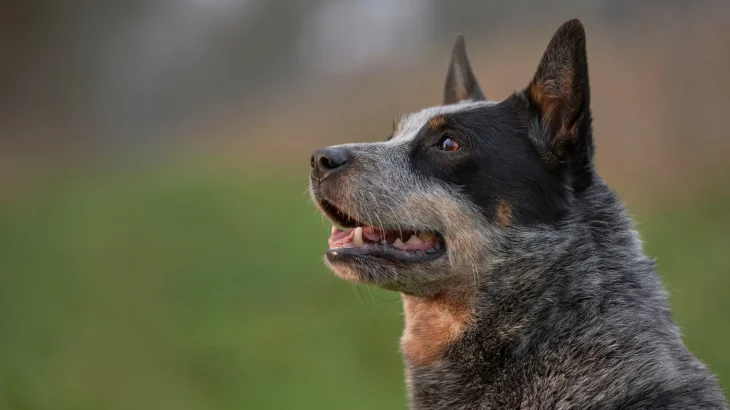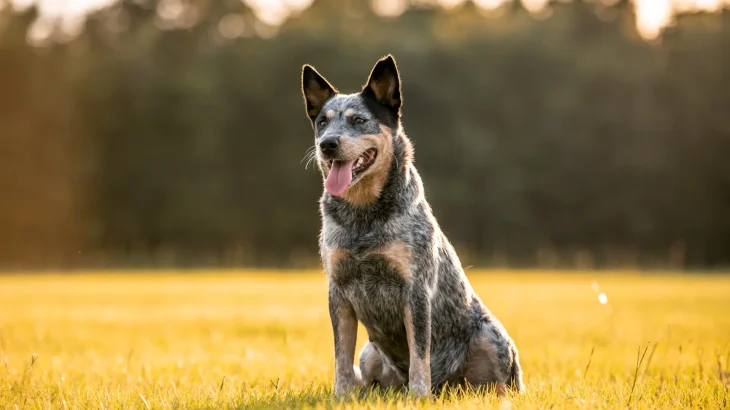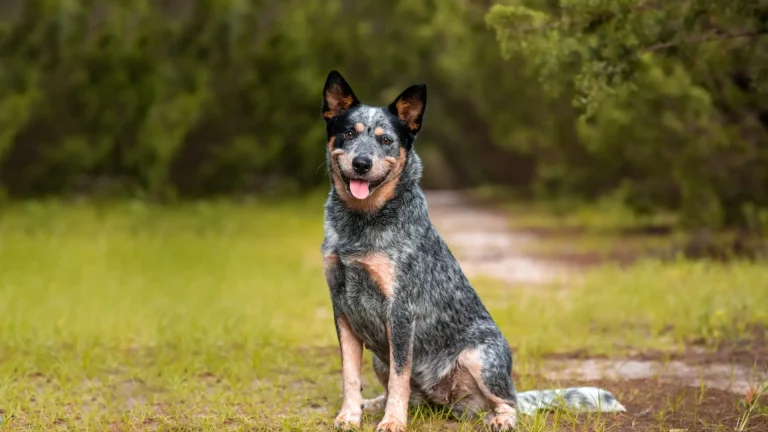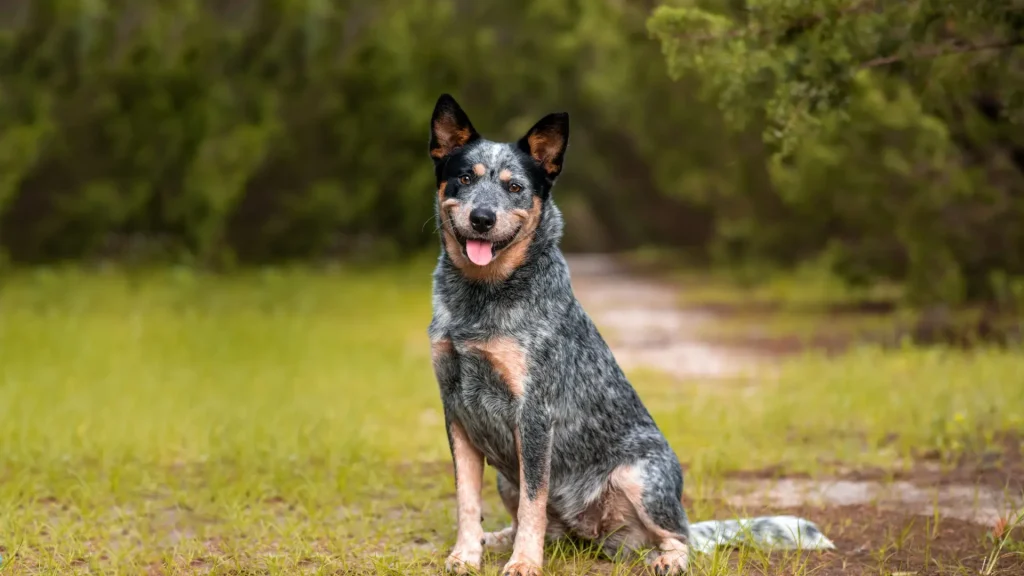Deciding whether to adopt or purchase an Australian Cattle Dog puppy involves weighing factors like cost, health transparency, and ethics. Buying from a breeder often offers clearer insights into lineage and health, while adopting gives a dog a second chance at a happy home. Both choices have benefits depending on your priorities.
| Criteria | Buying from Breeder | Adopting from Shelter/Rescue |
|---|---|---|
| Cost | Higher initial cost due to pedigree and breeder expenses. | Lower adoption fees, generally more affordable upfront. |
| Health History | Usually detailed health screenings and genetic info available. | Health history may be limited but basic checks are done. |
| Age Availability | Primarily offers puppies to raise from early stages. | Varied ages including adults, suiting different lifestyles. |
| Temperament Insight | Breeders provide insights on lineage temperament traits. | Shelter staff observe behavior but full history usually unknown. |
| Supporting Practices | Supports selective breeding when responsibly chosen. | Promotes welfare by rescuing dogs needing homes. |
| Ethical Considerations | Choose reputable breeders to avoid supporting puppy mills. | Adoption reduces shelter crowding and unethical breeding. |

